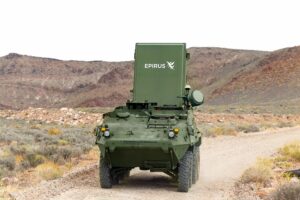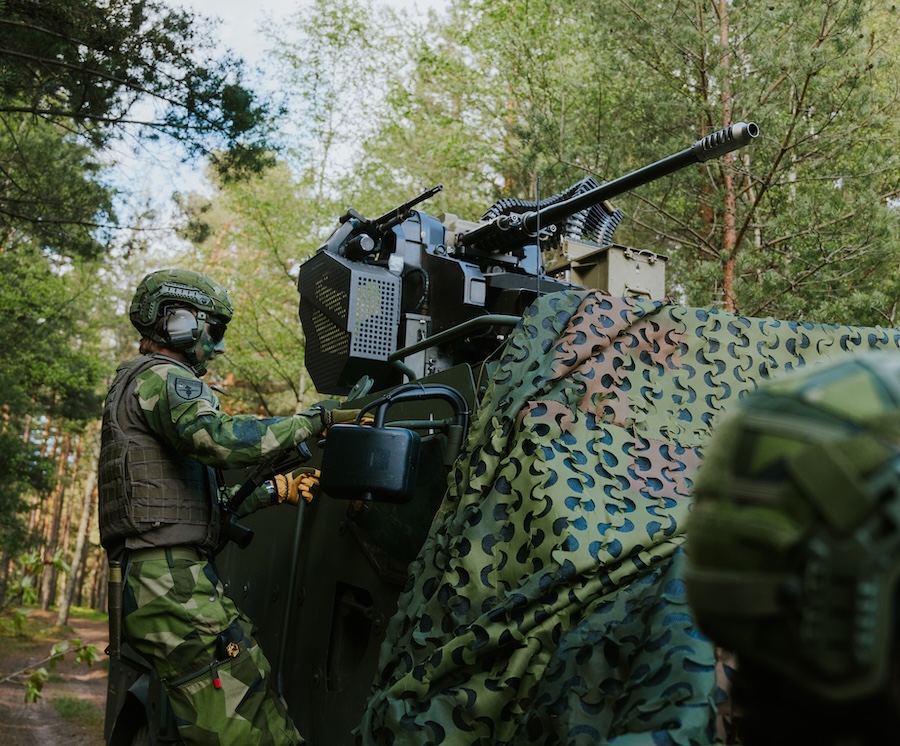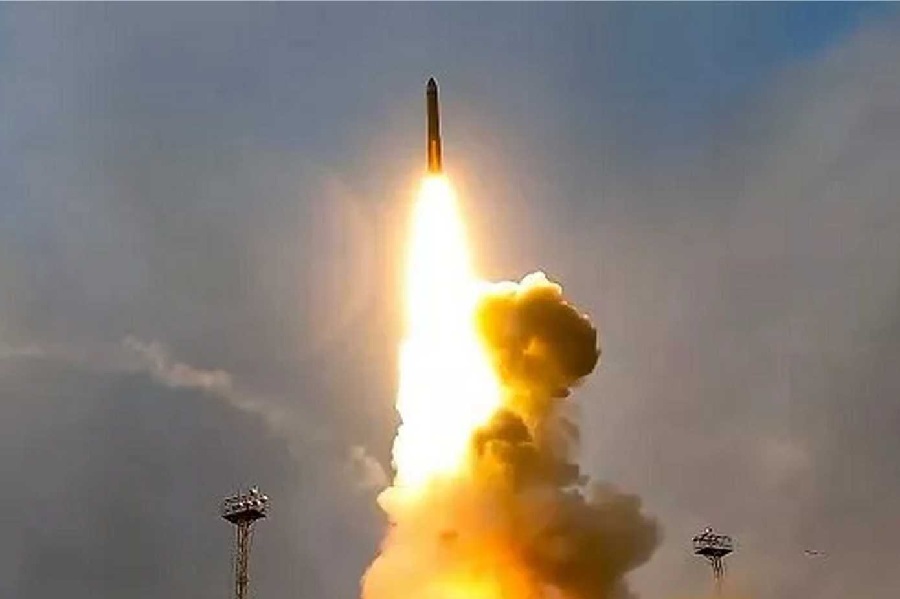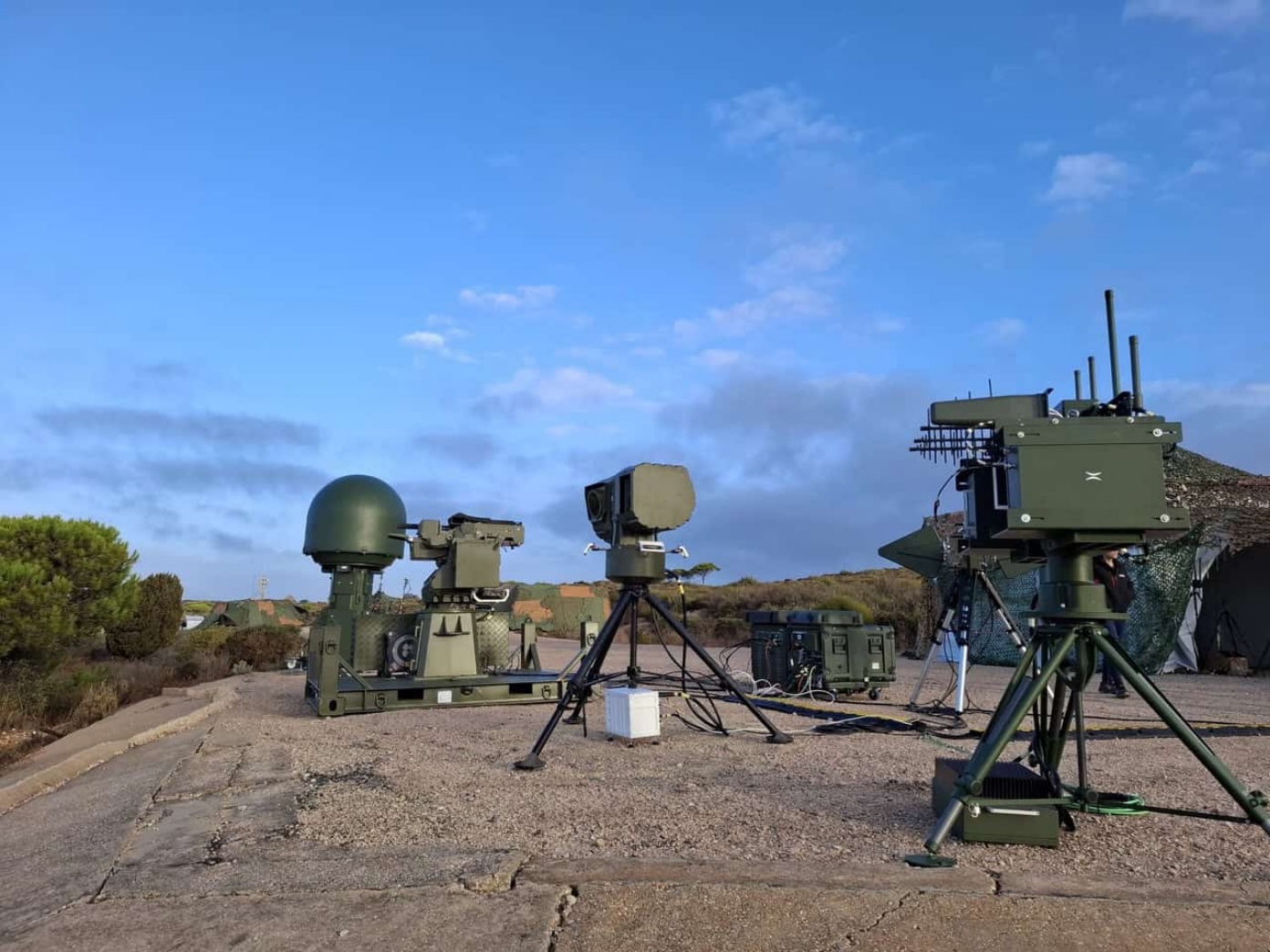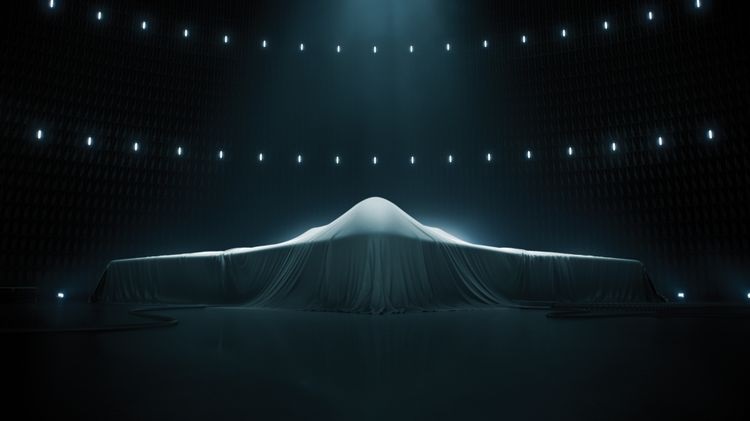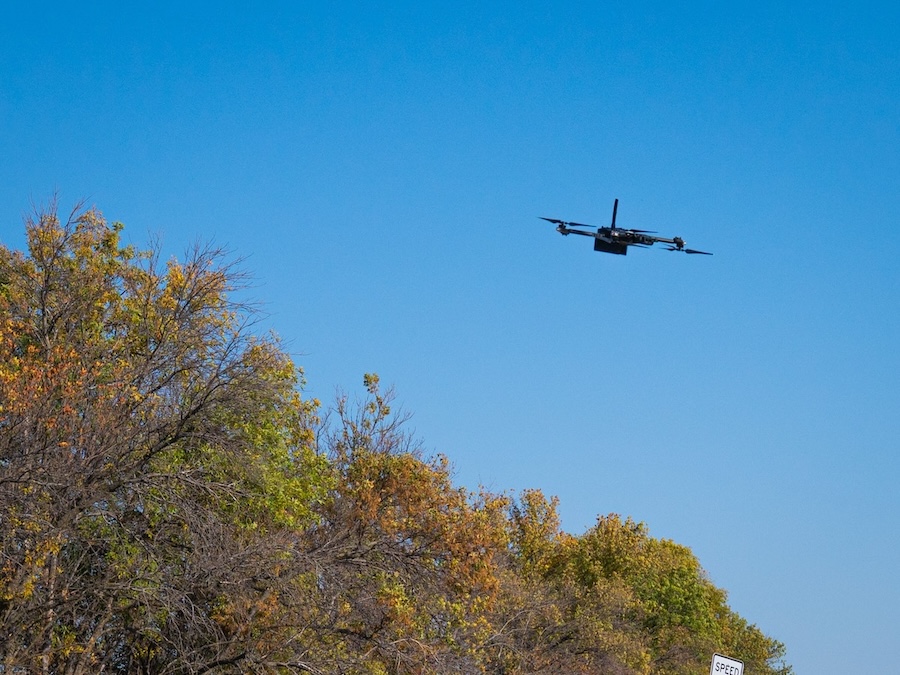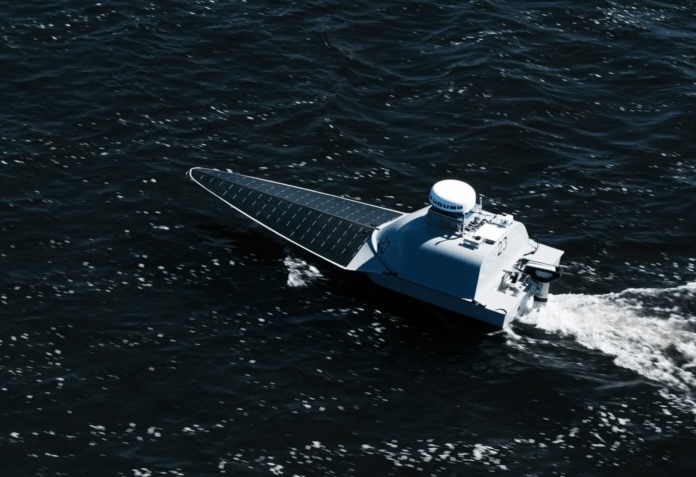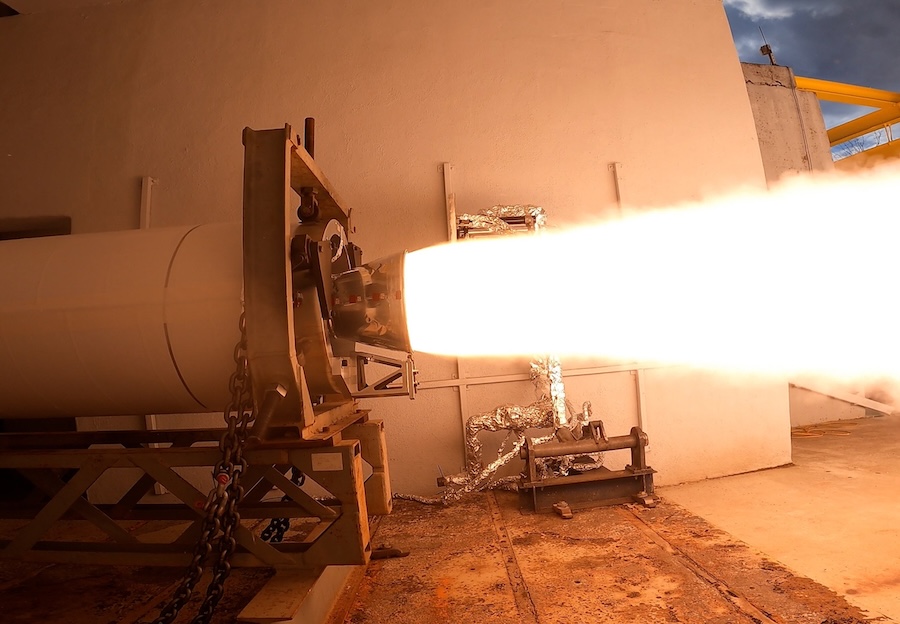The GEN II systems will build on four IFPC-HPM units delivered by Epirus to the U.S. Army in May 2024. These platforms use Epirus’ internally developed solid-state high-power microwave (HPM) technology, designed for counter-electronics and critical asset protection via weaponised electromagnetic interference.
Feedback from the testing of Generation I systems—through developmental trials, joint air and missile defence exercises and operational assessments—has informed the GEN II improvements. Enhancements aim to increase operational capability, reliability and effectiveness in the field.
“Our first IFPC-HPM prototypes were put through the wringer and emerged from sophisticated testing with favourable outcomes,” said Epirus CEO Andy Lowery. “The second generation of our energy-based HPM platform and the next increment of IFPC-HPM will be even more powerful, more mission capable and more impressive all around.”
The upgraded GEN II systems are expected to more than double the effective range of their predecessors. They will also deliver a projected 30 percent increase in power and introduce high-density batteries to extend operational time while reducing external power needs.
Additional advancements include extra-long pulse widths to maximise energy output, high-duty burst mode for faster multi-target engagement and advanced waveform and polarisation techniques to broaden the target set. The new systems will also feature improvements for better soldier usability.
These developments aim to validate system performance and support the Army’s broader directed energy objectives under the Army Transformation Initiative. “Drones are everywhere,” added Lowery. “We’ve seen drone incursions over U.S. bases, incursions over our southern border and swarm attacks are defining overseas conflicts. Epirus is prepared to answer the Army’s call and rapidly produce at scale to help solve the asymmetric drone threat with our HPM technology.”




